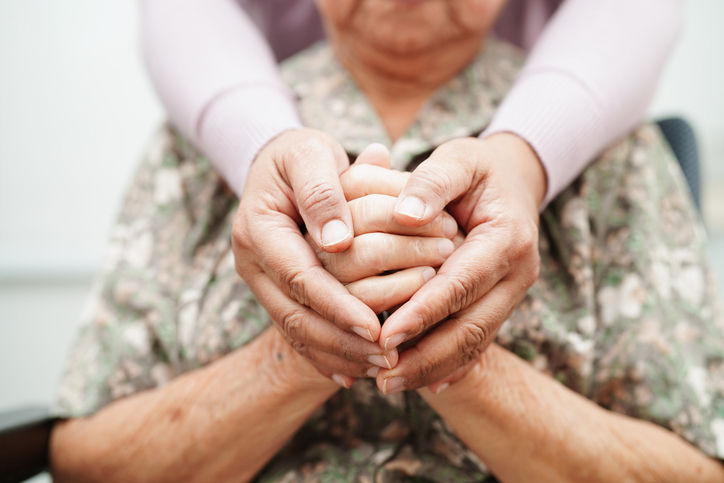Researchers at Loyola University Medical Center in Maywood, Ill., have published a study of emotional and psychological anguish, known as moral distress, experienced by nurses in an ICU for burn patients.
The study by first author Jeanie M. Leggett, RN, BSN, MA, and colleagues is published in the Journal of Burn Care and Research.
Moral distress occurs when a person believes he or she knows the ethically ideal or right action to take, but is prevented from doing so because of internal or institutional barriers. Moral distress can result in depression, anxiety, emotional withdrawal, frustration, anger and a variety of physical symptoms. It also can lead to job burnout.
“Given the intense and potentially distressing nature of nursing in a burn ICU, it is reasonable to hypothesize that nurses in these settings are likely to experience some level of moral distress,” Leggett, manager of Loyola’s Burn Center, and co-authors Katherine Wasson, PhD, MPH; James M. Sinacore, PhD; and Richard L. Gamelli, MD, FACS, wrote, according to a news release.
The pilot study included 13 nurses in Loyola’s burn ICU who participated in a four-week educational intervention intended to decrease moral distress. The intervention consisted of four one-hour weekly sessions. The first session outlined the study aims, definitions of moral distress and related concepts. Session two focused on signs and symptoms of moral distress. Session three dealt with barriers to addressing moral distress. And in session four, nurses were encouraged to identify strategies they could use or employ to deal with moral distress.
The nurses completed a questionnaire called the Moral Distress Scale-Revised that measures the intensity and frequency of moral distress. They were divided into two groups: One group completed the survey before the intervention, and the other group took the survey after completing the sessions.
Researchers had expected that the group taking the survey after the intervention might have lower moral distress scores. But they found just the opposite: The group taking the survey after the intervention had a median moral distress score of 92, which was significantly higher than the 40.5 median score of the group that filled out the survey before taking the course. (The moral distress score can range from 0 to 336, with higher scores indicating greater moral distress).
Researchers said in the release that the reason moral distress scores were higher among nurses who took the survey after the educational sessions could be due to a heightened awareness.
Six weeks after completing the intervention, both groups took the moral distress questionnaire again, and this time, there were not significant differences in their scores. There also was no significant difference between the groups’ scores on a second questionnaire called Self-Efficacy Scale, which is designed to measure a person’s effectiveness in coping with daily stressful events.
After each weekly session, nurses completed a written evaluation.
“They appreciated the individual sessions and case discussions, felt the session lengths were appropriate and expressed validation of their feelings of moral distress after having participated,” researchers wrote. “They indicated that learning the definition of moral distress was valuable, found it helpful to learn that others in similar work environments were experiencing moral distress and appreciated hearing what others do to cope with moral distress. Participants expressed a desire for this type of intervention to continue in the future and for more time to be spent on coping strategies.”
Researchers concluded that a larger study, involving more nurses from multiple burn centers, is needed.
“The larger study should be refined to develop strategies for implementing effective interventions that become part of the culture and that ultimately reduce moral distress,” researchers concluded. “In so doing, effective strategies for dealing with the moral distress experienced by this population can be more readily put in place to help cope with it.”
Source: Nurse.com





